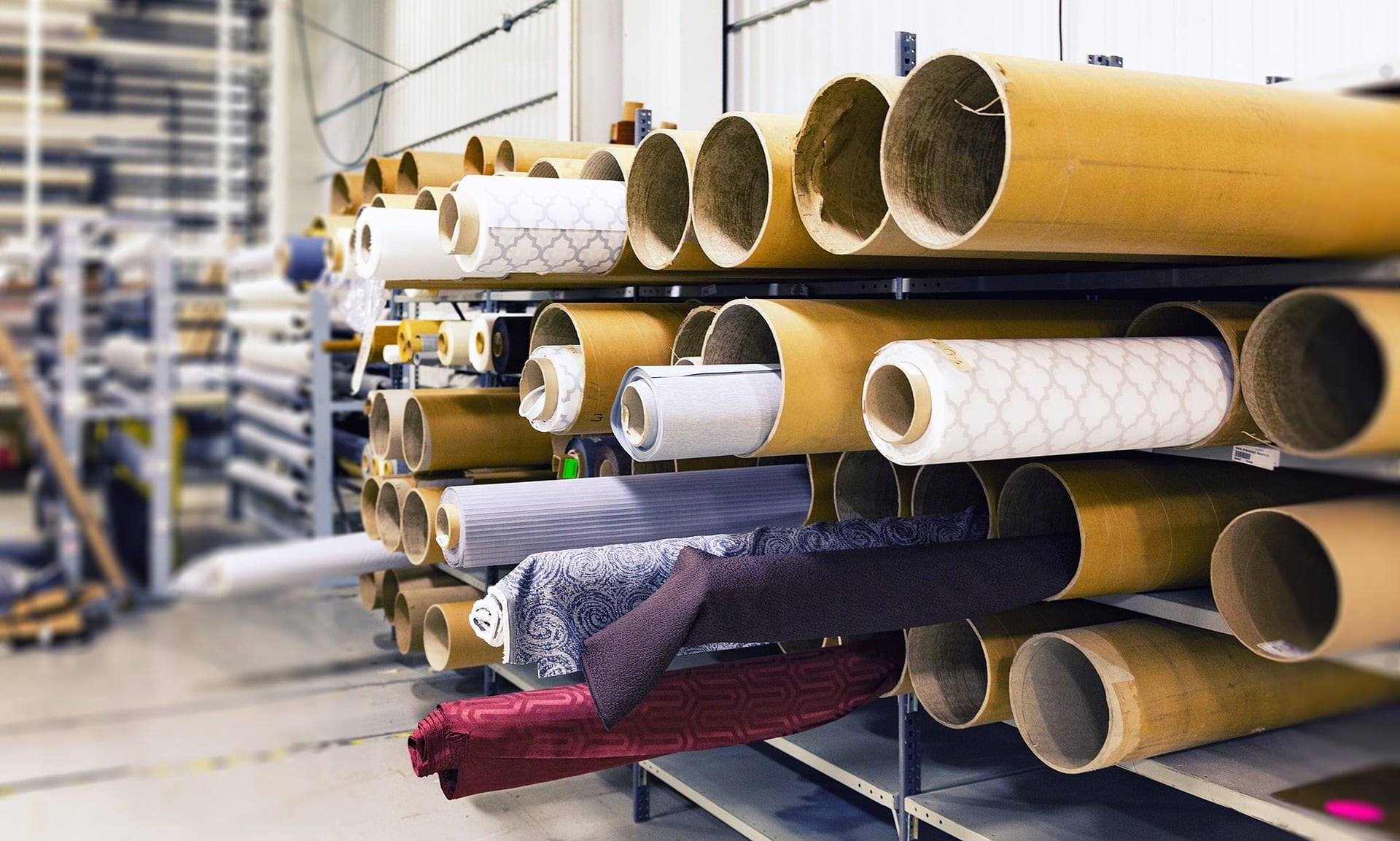Developing Your Own Manufacturing Line: Things You Need to Know
by Mashum Mollah Business Development Published on: 13 December 2018 Last Updated on: 21 August 2021

The economy is allowing businesses in various industries to grow in a rapid way. If your business is benefiting from the current economic condition, chances are you are seeing steady and sustainable growth that continues to multiply. It is not an economic boom, but the market is just right for rapid growth.
Growth in demand and customer base, however, means there are challenges to solve too. Bumping up production is one of the biggest challenges to overcome, and the best way to overcome that challenge is by setting up your own manufacturing line. Before you get started, here are some of the most important things to know.
Automate from the Start:
The more parts of the manufacturing line you can automate, the more efficient the line will be in the long run. Automation is the way forward. You can optimize repetitive tasks and direct resources to other parts of the manufacturing line with the help of automation.
Some assembly lines are fully automated. Others require human input and real workers. The thing about full automation is that the system is often expensive to set up, which increases the initial setup process substantially. Adding human input to the process is how you balance things out.
You can also automate processes outside the main manufacturing process. With the help of automatic case sealers, for example, you can automate the process of packaging your products for distribution. The more processes you can automate, the more efficient the line will be as well.
Make It Scalable:
You don’t have to go for the biggest, most capable machines immediately, as that will substantially increase your initial investment. What you want to do instead is design a manufacturing line that can be scaled up as the business grows.
Remember that overhead costs increase in large steps. The cost of running a production machine remains the same whether you produce one product or the maximum amount the machine can produce. Once again, balance is the objective to strive for here.
Understand the overhead cost step and find a sweet spot in every stage. You can then organize the manufacturing line to be efficient and cost-effective. When the demand goes beyond the initial production capacity, you can add more machines to the line to climb the step.
Design for Efficiency:
Setting up a manufacturing plant is not an easy task. There are numerous processes that you would need to contend with. For example, if you are a brand selling leather products, you might want to work with an external vendor that already has in place a proper leather manufacturing process. All you can do is get the finished leather materials from him, ask your designers and workers to work their magic on them, brand it in the right fashion, and sell it in your high street store. Manufacturing something requires a lot of ideas, practice, and heavy investments. It should best be left to experts.
Let’s not forget that the design of the manufacturing floor greatly affects your efficiency. There have been so many cases of manufacturing lines designed without a unified plan in mind, and those cases usually end with the entire manufacturing process being more difficult to manage and make efficient.
Good manufacturing line designs start from the beginning. Think about the minutes – or even seconds – you can save and how to best keep costs in check. Organize the manufacturing line to function smoothly and to have a flow that is also geared towards efficiency.
Creating your own manufacturing line starts with careful planning. The tips we covered in this article will help you start the development of your manufacturing line the right way. You will end up not only with an efficient manufacturing line from the start, but also one that will grow with the business.
Read Also:







































































































